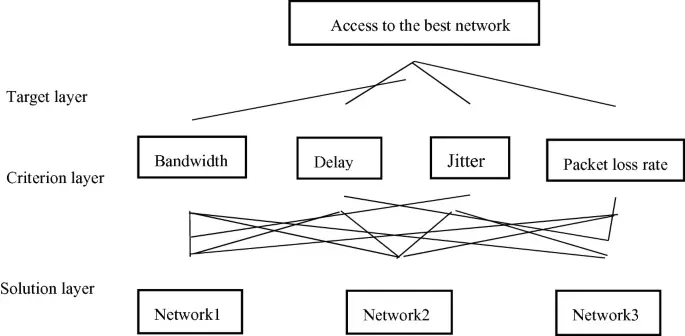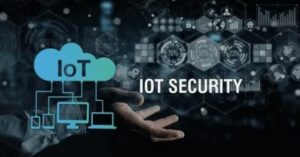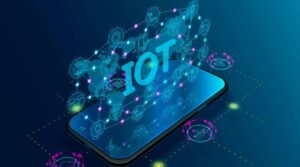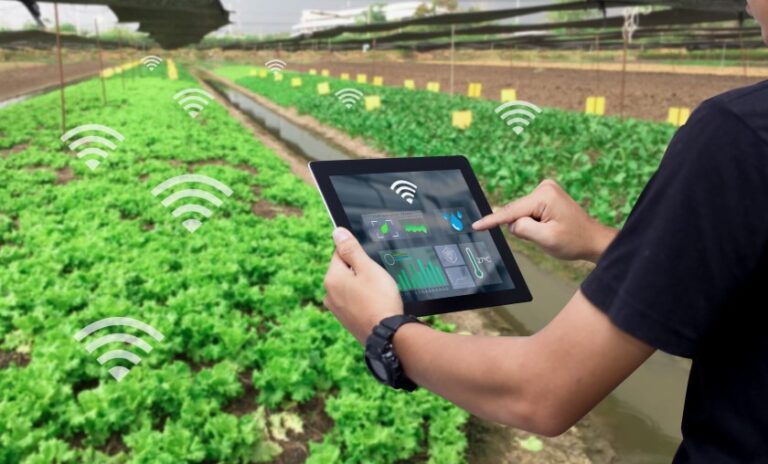Wireless Value Realization
Wireless technology has evolved leaps and bounds since its inception, transforming the way we live and work. In this article, we will explore the concept of wireless value realization and delve into its various dimensions. From its humble beginnings to its current role in shaping industries and societies, wireless technology has become an integral part of our daily lives.
Introduction
Definition of Wireless Value Realization
Wireless value realization refers to the tangible benefits derived from the efficient use of wireless technology in various aspects of life and business. It encompasses not only connectivity but also the added value that arises from seamless integration and optimal utilization.
Importance in the Modern Tech Landscape
In today’s fast-paced and interconnected world, the importance of wireless value realization cannot be overstated. As businesses and individuals increasingly rely on wireless communication, understanding how to harness its full potential becomes a strategic imperative.
The Evolution of Wireless Technology

Early Wireless Communication
The journey of wireless communication dates back to the early days of telegraphy and radio waves. The foundational principles laid the groundwork for the sophisticated wireless networks we have today.
Advancements Leading to Value Realization
Technological advancements, from 2G to 4G and now the advent of 5G, have played a pivotal role in unlocking the true potential of wireless communication. These developments pave the way for enhanced speed, reliability, and connectivity.
Key Components of Wireless Value Realization
Connectivity
At the core of wireless value realization is the ability to stay connected seamlessly. Whether through smartphones, IoT devices, or smart infrastructure, the emphasis on uninterrupted connectivity drives value.
Speed and Efficiency
The evolution of wireless technology has significantly increased data transfer speeds, contributing to enhanced efficiency in various operations. From file transfers to real-time communication, speed is a key factor.
Integration with IoT
The synergy between wireless technology and the Internet of Things (IoT) opens up new possibilities. Smart homes, industrial automation, and connected vehicles are examples of the value realized through this integration.
Security Measures
As the reliance on wireless communication grows, ensuring the security of data transmission becomes paramount. Robust security measures are essential to realizing the full value of wireless technology.
Industries Harnessing Wireless Value

Healthcare
Wireless technology has revolutionized healthcare, from remote patient monitoring to the seamless exchange of medical information. The value realized in terms of efficiency and patient care is substantial.
Manufacturing
In the manufacturing sector, wireless communication facilitates real-time monitoring and control of processes. This not only improves efficiency but also reduces downtime.
Education
The education sector benefits from wireless value realization technology through online learning platforms, remote collaboration, and digital resources. The value realized extends to accessibility and flexibility in education.
Smart Cities
The concept of smart cities relies heavily on wireless technology. From traffic management to public services, the integration of wireless communication enhances urban living.
Challenges and Solutions
Interference Issues
One challenge in wireless communication is interference. Addressing this issue through advanced technologies and signal optimization is crucial for maximizing value.
Security Concerns
With the increasing volume of sensitive data transmitted wirelessly, security concerns arise. Implementing robust encryption and authentication measures is key to overcoming these challenges.
Scalability
As the demand for wireless communication grows, scalability becomes a concern. Future-proofing wireless infrastructure and adopting technologies that support scalability are vital.
Ongoing Technological Innovations
Continuous innovation is essential to staying ahead in the wireless technology landscape. Keeping abreast of new developments ensures that businesses and individuals can leverage the latest advancements.
Future Trends

5G and Beyond
The rollout of 5G networks heralds a new era in wireless communication. Exploring the capabilities and implications of 5G is essential for understanding future trends.
Integration with AI and Machine Learning
The intersection of wireless technology with artificial intelligence and machine learning opens up possibilities for automation and intelligent decision-making.
Impact on Everyday Life
Considering how wireless value realization will impact everyday life sheds light on the evolving nature of our interactions with technology.
How Businesses Can Leverage Wireless Value Realization
Implementing Robust Wireless Strategies
Businesses can maximize the benefits of wireless technology by formulating and implementing robust strategies that align with their goals.
Adapting to Changing Technologies
Remaining adaptable to the evolving landscape of wireless communication ensures that businesses can stay competitive and innovative.
The Role of Wireless Value in Sustainability
Reducing Environmental Impact
Efficient wireless communication can contribute to sustainability by reducing the need for physical infrastructure and minimizing energy consumption.
Energy Efficiency
Exploring how wireless technology can be harnessed to optimize energy usage aligns with the broader goals of sustainability.
Expert Insights and Opinions
Interviews with Industry Experts
Gaining insights from experts in the field provides a deeper understanding of current trends and future projections.
Perspectives on the Future
Exploring expert perspectives on the future of wireless technology offers valuable foresight for businesses and individuals.
Wireless Value Realization in a Global Context

International Trends and Developments
Understanding how wireless value realization unfolds on a global scale provides a comprehensive perspective on its impact.
Cross-Border Collaborations
Exploring collaborations and partnerships across borders highlights the interconnected nature of wireless communication.
The Social Impact
Bridging the Digital Divide
Wireless value realization plays a pivotal role in bridging the digital divide, ensuring that technology is accessible to all, regardless of geographic location.
Improving Accessibility
Enhancing accessibility through wireless technology empowers individuals and communities, fostering inclusivity.
Conclusion
Recap of Key Points
In conclusion, wireless value realization is a dynamic force shaping the present and future of technology. From its humble beginnings to the global impact it has today, wireless communication continues to evolve, offering unprecedented opportunities and challenges.
Looking Ahead
As we look ahead, staying attuned to the latest trends, embracing innovations, and addressing challenges head-on will be key to unlocking the full potential of wireless value realization.
FAQs: Unveiling the Answers
Wireless technology empowers businesses by enabling flexible work environments, seamless communication, and rapid data transfer. This not only boosts productivity but also fosters innovation.
Absolutely! 5G represents the next frontier, offering unprecedented speed, low latency, and vast connectivity. It will redefine how we experience wireless value in ways we haven’t imagined.
While wireless technology brings immense benefits, security risks exist. Implementing robust security measures, such as encryption and regular updates, mitigates these risks and ensures a secure wireless experience.
Optimizing home connectivity involves strategically placing routers, investing in quality devices, and leveraging smart home solutions. This creates a seamless wireless environment for enhanced value.
IoT acts as a catalyst, connecting devices and systems for a synchronized experience. In wireless value realization, IoT enhances efficiency, automation, and overall user convenience.
Wireless technology in healthcare improves communication among medical professionals, facilitates remote patient monitoring, and streamlines administrative tasks, ultimately elevating the quality of patient care.





